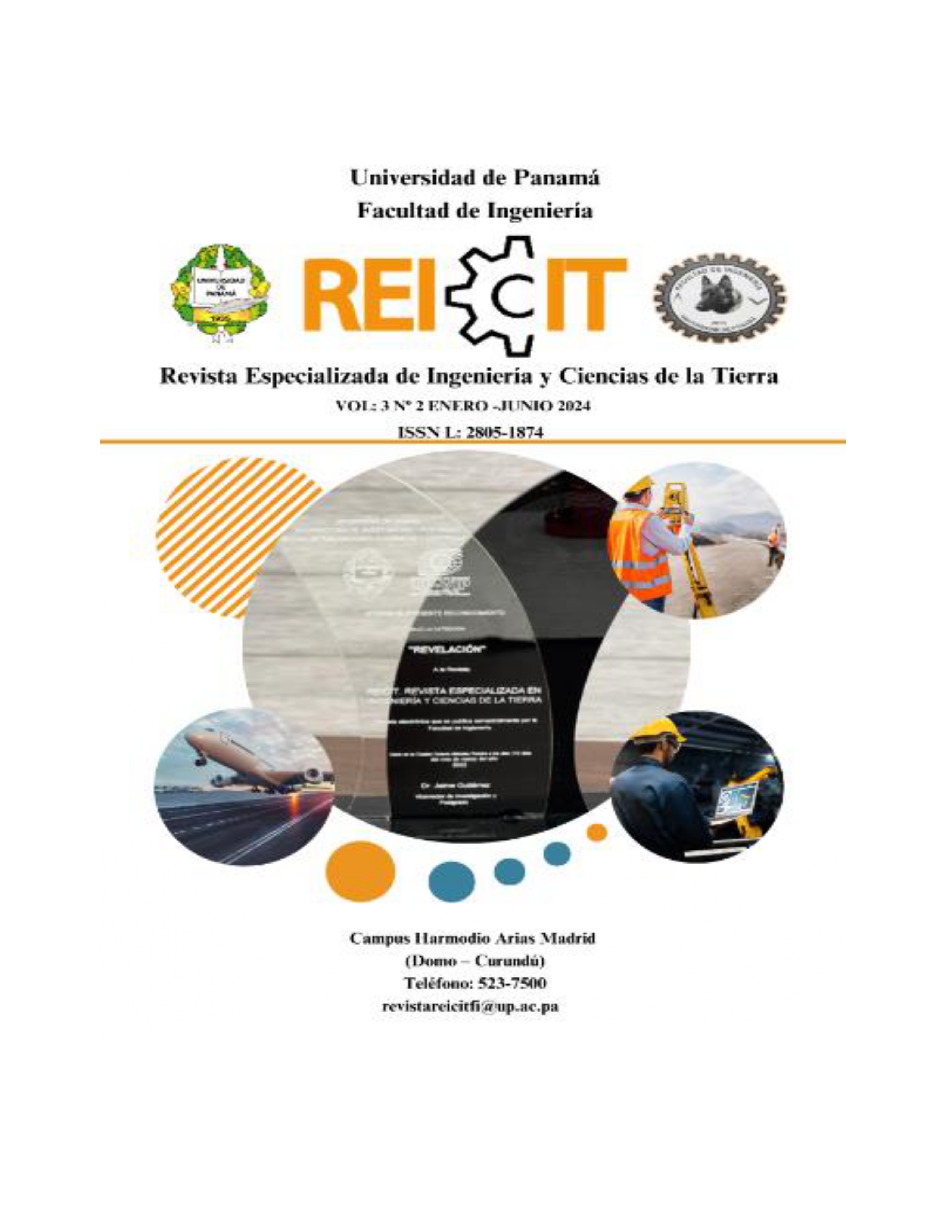

Copyright (c) 2024 REICIT

This work is licensed under a Creative Commons Attribution-NonCommercial-ShareAlike 4.0 International License.
The objective of this research was the construction of an instrument to evaluate the institutional management of research at the university. This instrument has been conceived on the basis of the theory of business benchmarking, using this theory in an innovative way in the academic environment of higher education. Benchmarking is a strategy with proven effectiveness, which compares processes to improve their quality, there are different types. The process itself of modeling and transformation from business to academic benchmarking is part of this research, developed in two stages: the first of construction of the instrument through the DELPHI technique and the judgment of expert teaching researchers and, a second, of validation. of the items that make up the aforementioned instrument through the Content Validation Coefficient (CVC) of Hernández and Nieto (2002), hereinafter CVC. The experts were also consulted to approve the use of two instruments designed by other authors, proposed to measure the two benchmark points in the Panamanian environment, that is, the aptitude and attitude of students towards research.
It is concluded that the benchmarking instrument designed as a result of this research has the following qualities: it is academic given the transformation made in the business context from which benchmarking emerges towards higher education; respecting the principles of the theory that underpins it. The second characteristic is that it is external, comparative and collaborative, implying that the institutions that are compared will do so voluntarily and with the interest of mutual improvement. Finally, it is functional because it compares a specific function: research management at the university. It has a qualitative-quantitative, instrumental type approach; The population was made up of eight (8) research teachers; The technique for data collection was based on the DELPHI method; The information analysis method was based on basic statistics and the CVC of Hernández (2002) was used to validate each item. All of this resulted in an instrument composed of twenty-eight (28) items, grouped into three dimensions: structure (16), process (10) and results of research management at the university (2). All CVCs reached the minimum of 80 and others exceeded it (requirement to be accepted according to the author's scale).